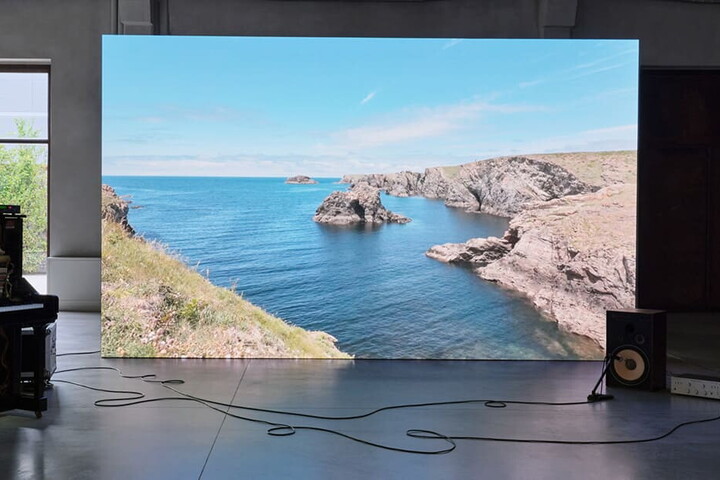144 years have passed: it was the 28th of January 1872 when Engineer Giovanni Battista Pirelli appeared before Notary Public Stefano Allocchio to file his Deed, registration number no. 109 , concerning “the establishment of a limited partnership for the manufacture and sale of articles in elastic rubber”. In late 19th century Italy there were few who knew just what elastic rubber was. Pirelli himself had spent months and months travelling throughout Europe to get an idea before embarking on that entrepreneurial adventure. Giovanni Battista Pirelli was born in Varenna, on Lake Como, on the 27th of December 1848 into “a family that was not poor, but relatively modest”. In 1861 he moved to Milan to attend the Technical Institute of Santa Marta and, in 1867, he enrolled in the special school of civil engineering in Milan. In 1870 the school in Milan announced the “Kramer scholarship” financed by a countess from Milan, Teresa Berra Kramer, in memory of her son, who was an engineer. The noblewoman made 3000 lira available to the two best graduates from the Polytechnic so they could study “a new industry or one that was not widespread in Italy” and “complete their theoretical-practical studies through an educational journey abroad”. At the age of 22, in 1870, Giovanni Battista Pirelli received a degree in engineering, graduating with the highest score of all candidates in the industrial engineering section and thus won one of the two scholarships: a year and a half, from November 1870 to late August 1871, travelling through Switzerland, Belgium, France and Germany to visit the altars of the Industrial Revolution. To understand the mechanisms, perceive the limits and opportunities, and sense the possible developments: this was the purpose of this long “educational journey abroad”. The young Pirelli chose as his area of interest the elastic rubber industry which was as yet non-existent in Italy and in its infancy elsewhere: his diary documents his visits to the various sites, the technical characteristics of the machinery used, how production and labour were organized, the types of products, and the financing systems, and all this often accompanied by sketches and drawings. During his educational odyssey, Pirelli visited no fewer than 138 plants in the textiles, mechanical, railroad and metallurgical sectors, and just 6 companies processing rubber. His diary makes reference to the fact that the entrepreneurs in this sector jealously guarded their “trade secrets”. Despite the difficulties, he returned to Italy with enough information to design the first plant: now he needed to find the capital. Giovanni Battista Pirelli won the favour of 24 partners: and thus, on the 28th of January 1872, the limited company “G.B. Pirelli & C.” was founded in Milan with a share capital of 215,000 Lira. The founder promptly hired the Frenchman Antoine-Aimé Goulard, whom he had met during his travels in France, as the first technical director of G.B. Pirelli & C. In the spring of 1872, he purchased a 3640 m2 plot of land at no. 21 of what is now via Fabio Filzi in Milan, near the Central Railway Station: the new site had two 2-story buildings with a “river-side view” looking out over the Sevesetto. The larger of the two buildings was designated for the processing facilities while the smaller one was set up as a gatehouse, small warehouse and the Director's home. Pirelli intended to build a rational, modern, well-equipped site that would be on a par with the best foreign factories already working in the sector: the machinery to start production went on line on the 1st of June 1873. During the initial years of operation, Giovanni Battista concentrated production on a line of articles for industrial machinery, steamships and railways. The first products, such as transmission belts, tubes, valves and insulation, were soon joined by others including raincoats and toys: all told, it was extremely diversified production. Despite good prospects for the future, many difficulties had to be overcome and the factory's technical director, Mr. Goulard, did not prove up to the task. Thus, at the age of 26, Giovanni Battista Pirelli found himself solely responsible for all phases of production. To win the trust of the clientèle, he followed magazine and newspaper advertising with the opening of a store in via Montenapoleone, in the centre of Milan. By the end of the first decade, the company capital had increased as had sales; the number of employees rose from 40 to 300 and the plants were expanded to accommodate new production. At the dawn of the new century, the company was manufacturing on three fronts: cables, tyres and miscellaneous items; the only company of its type among the world's large rubber and electricity-product manufacturers. In the early 20th century, motor vehicle factories spread throughout the most highly industrialized countries. This brought greater demands on the rubber industry which had to quickly gear up to produce tyres and Pirelli, always attuned to new markets, started large-scale production of the new items in 1905. In the 1890s the company started producing bicycle tyres (1890) and later embarked on the more difficult production of the first tyres for cars (1899), trucks and aeroplanes (1915). And thus it was that, in 1908, the characteristic Pirelli brand logo — with the elongated loop of its capital P — first appeared: a brand that enjoyed success right from the off. But that's another story...
Photo credits: Fondazione Pirelli





